
Collector
Service Providers
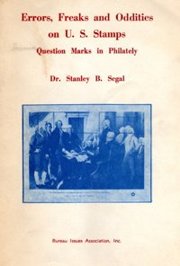
 |
| APS Affiliate #103 |
 |
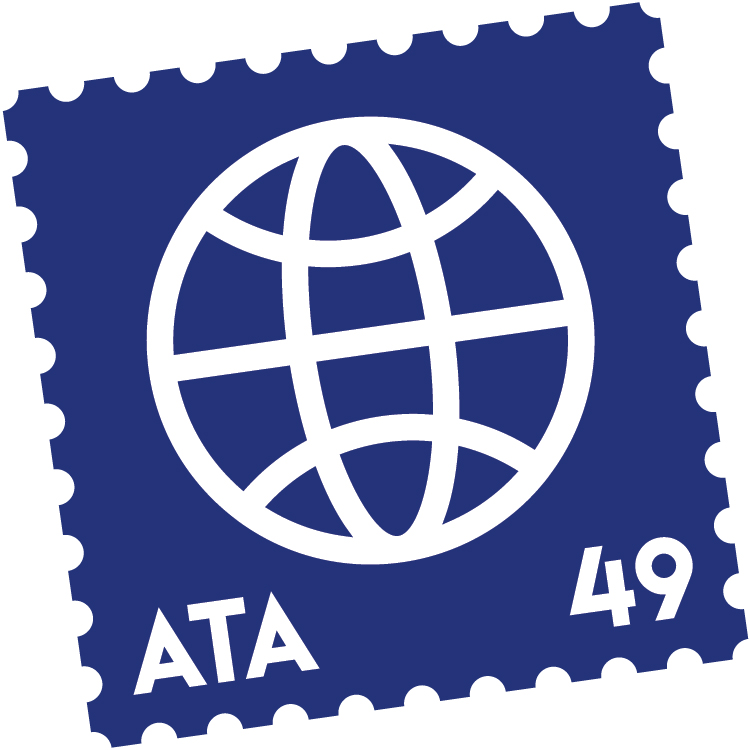 |
| ATA Chapter #94 |
Test Your EFO Knowledge: 2018 Issues
Here is a picture of the "normal" stamp, for comparison.
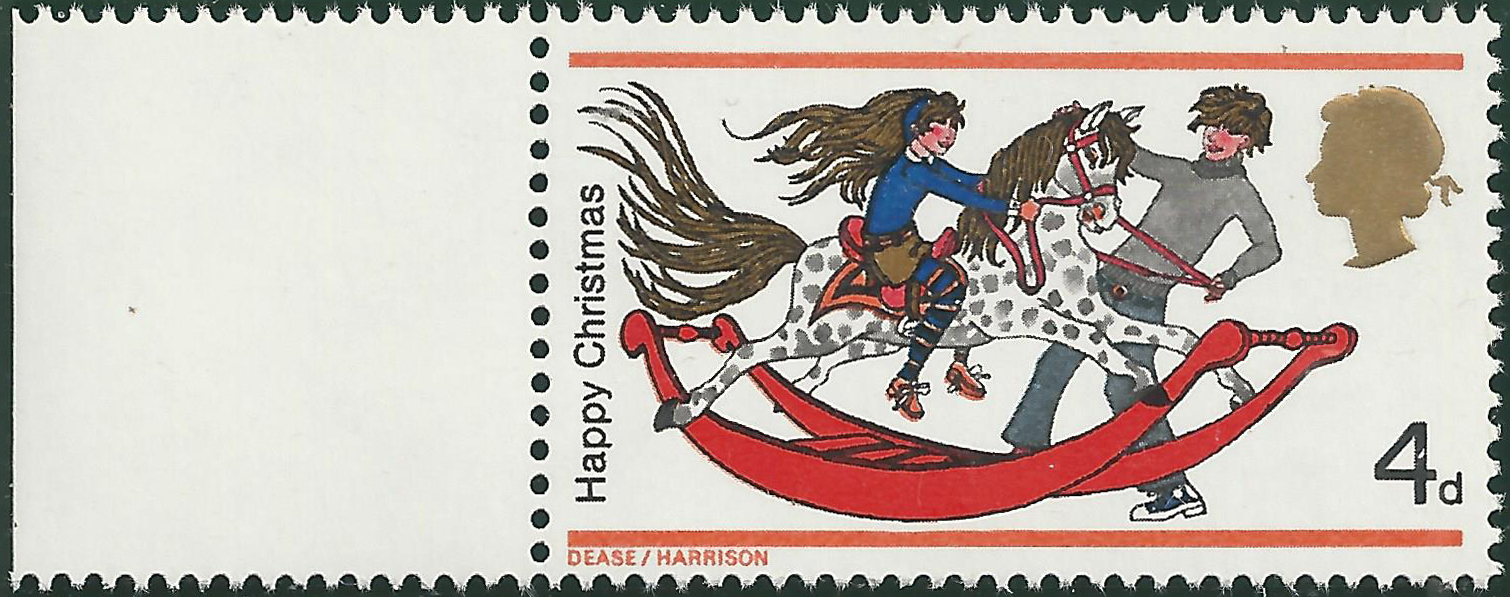
This one has the ultramarine color omitted.
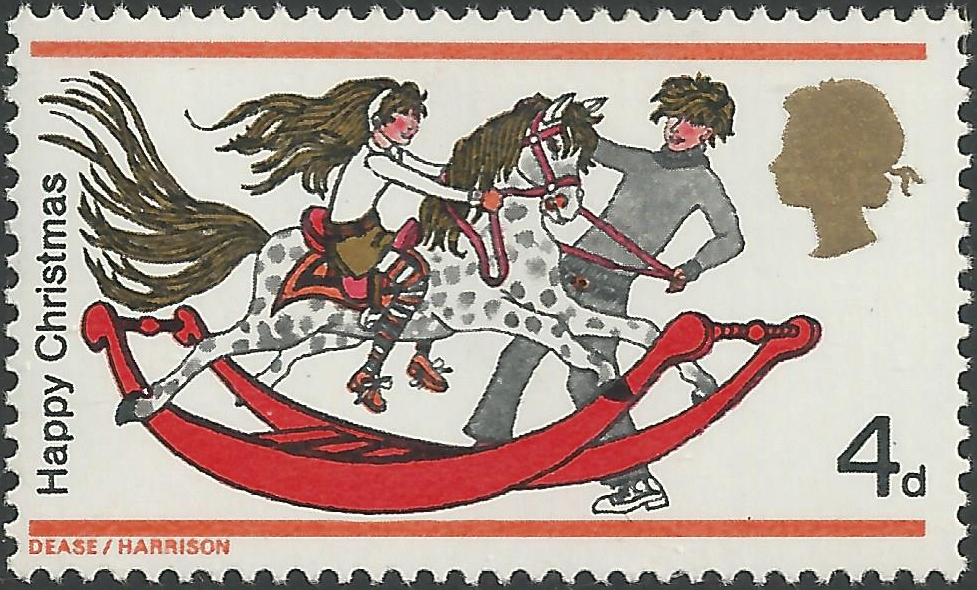
This one has a shift of the ultramarine color, giving the impression that there are two children.
It is known as the "extra child" variety.
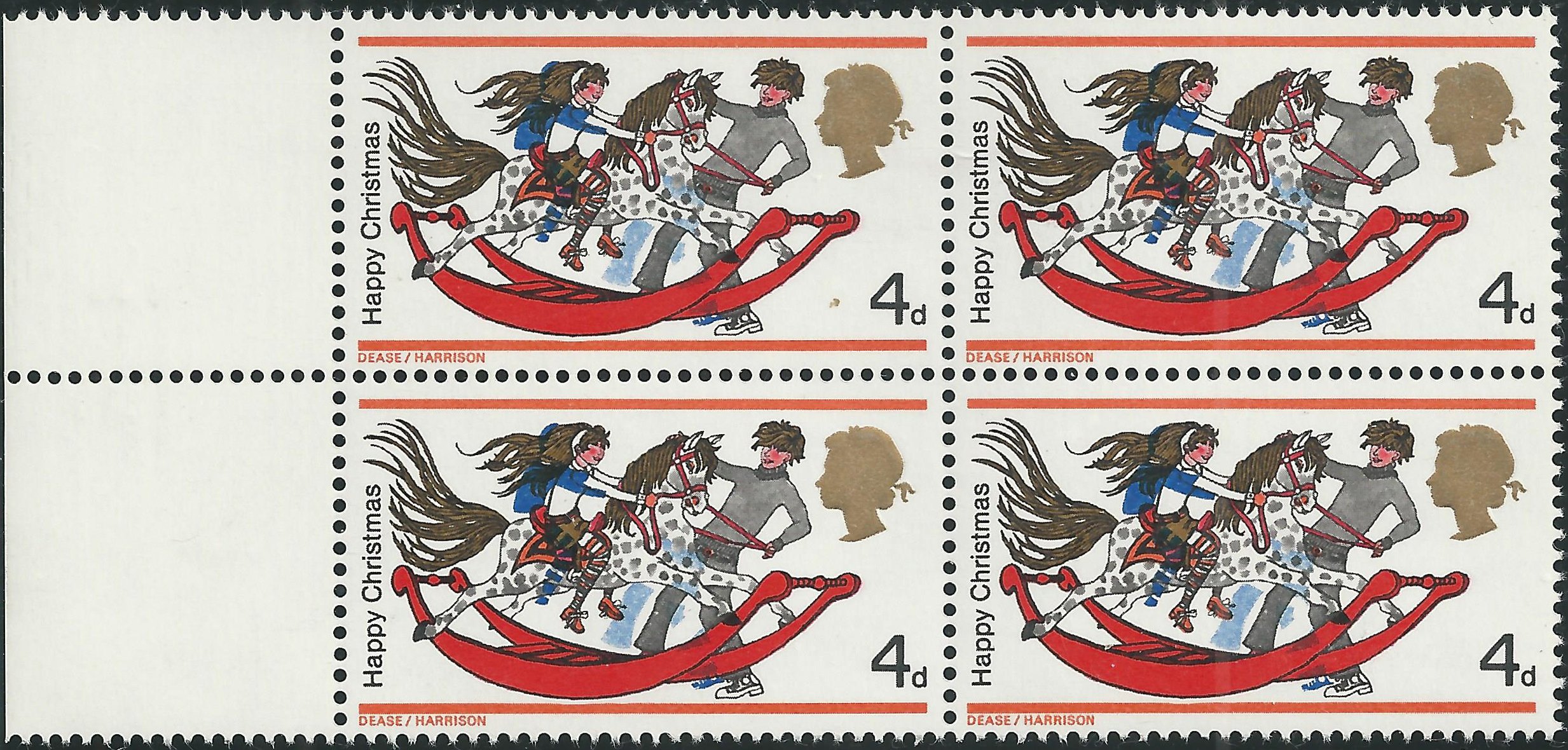
In the following example, the gold color, e.g. the queen's head, is shifted downwards.
It is known as the "low queen" variety.
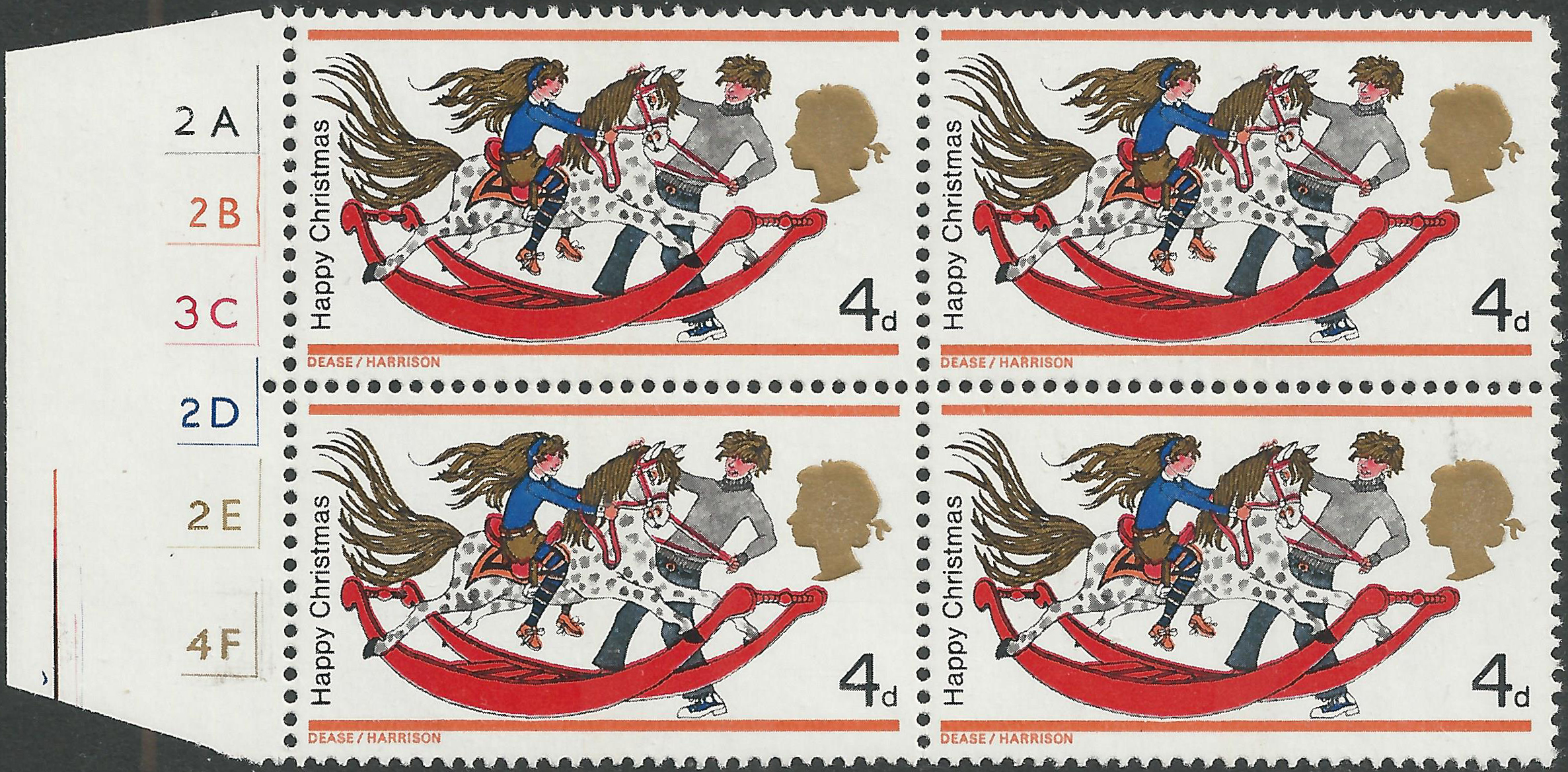
The story featuring these stamps appeared in the Holiday (October-December 2016) issue of The EFO Collector.
December 24th, 2018
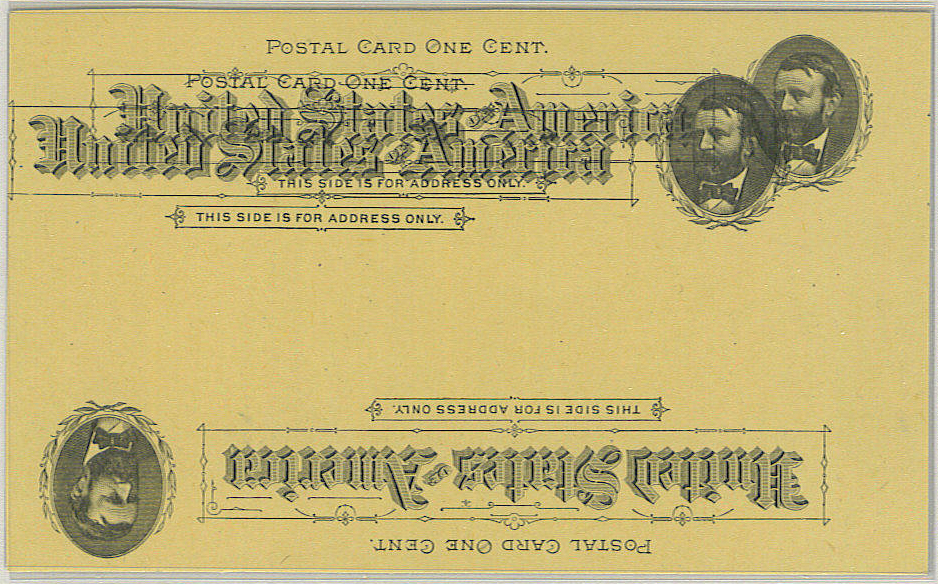 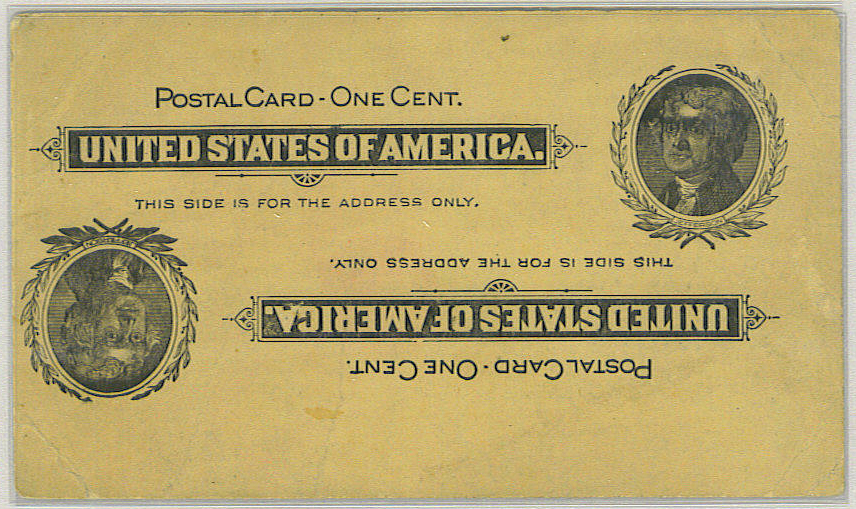 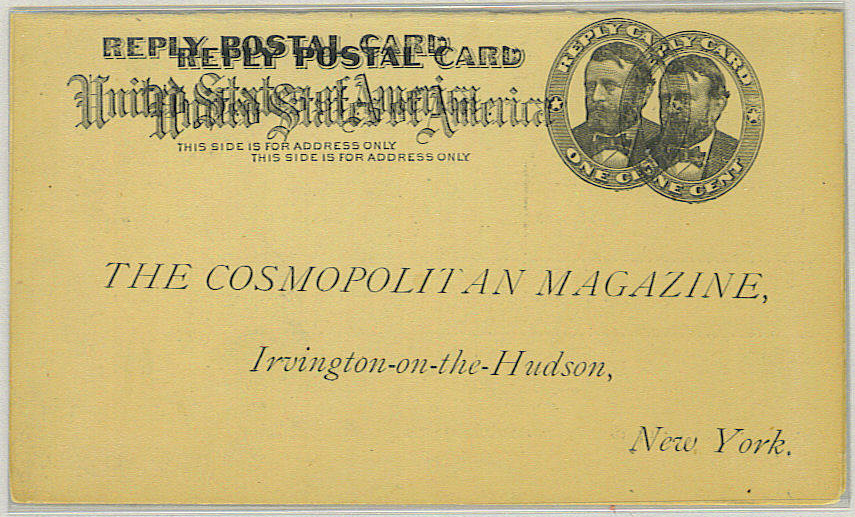
|
||
|
|
||
|
November 11th, 2018 |
||

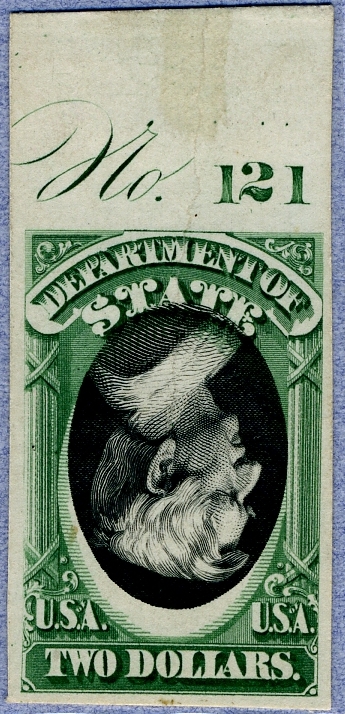
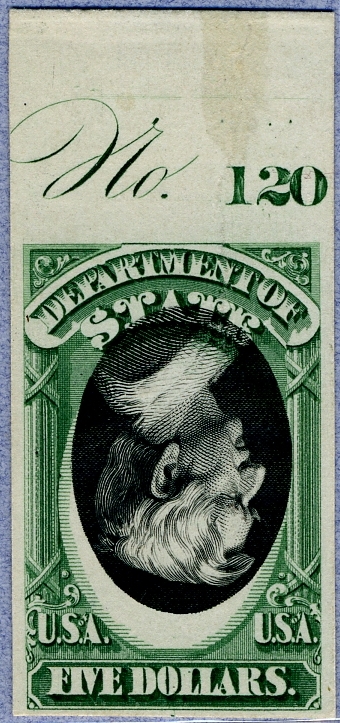
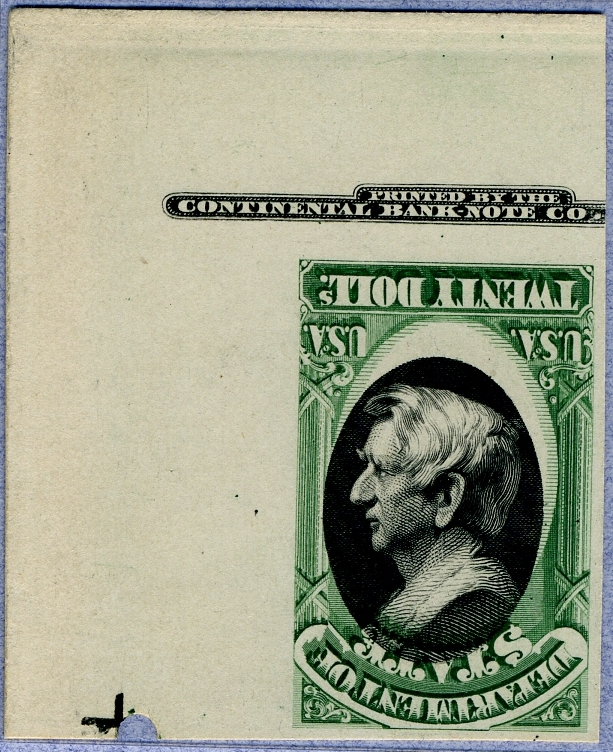
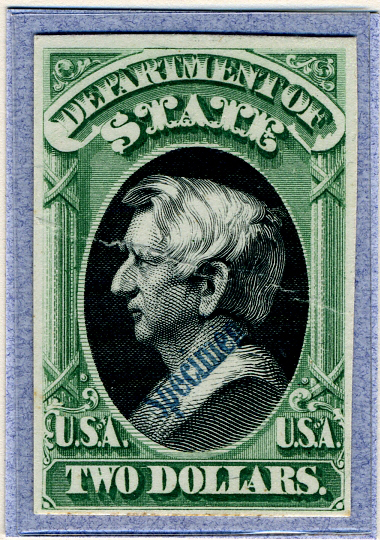
|
|
|
October 15th, 2018 |
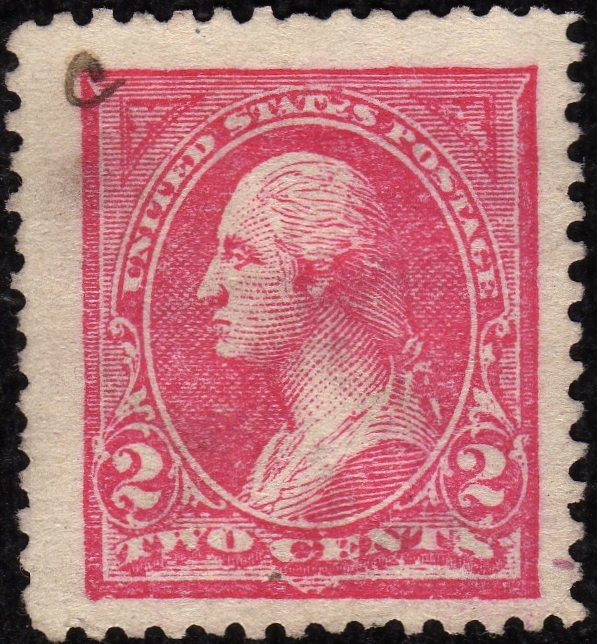
|
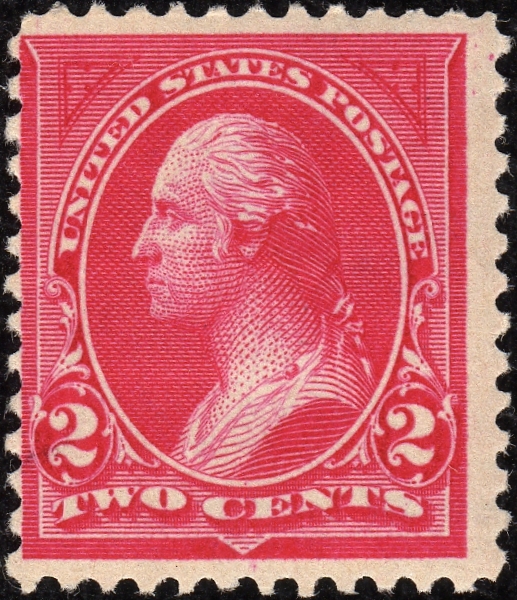
|
Scott 250 |
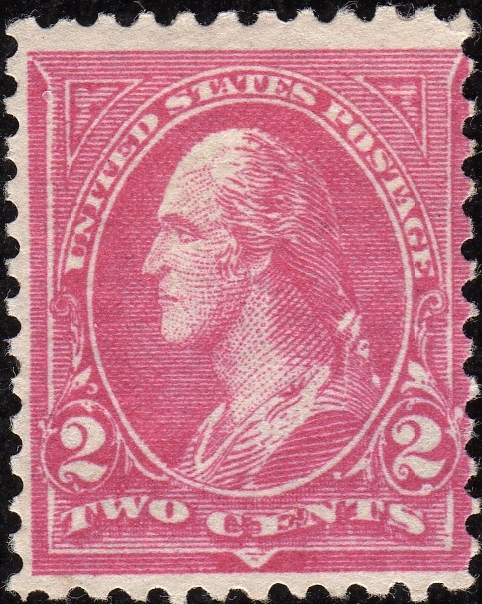
|
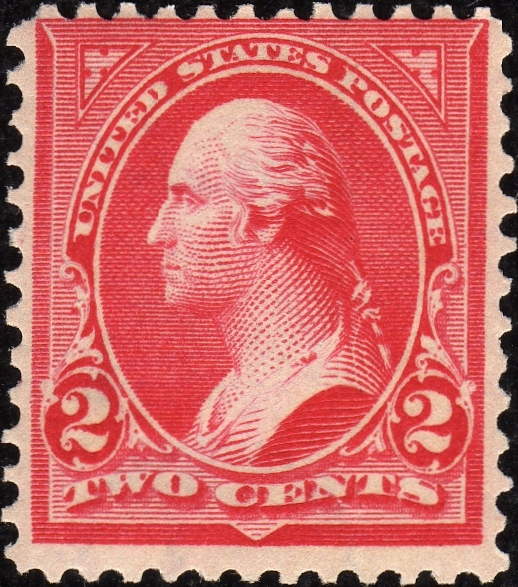
|
Scott 267 |
|
|
August 23rd, 2018 |
|
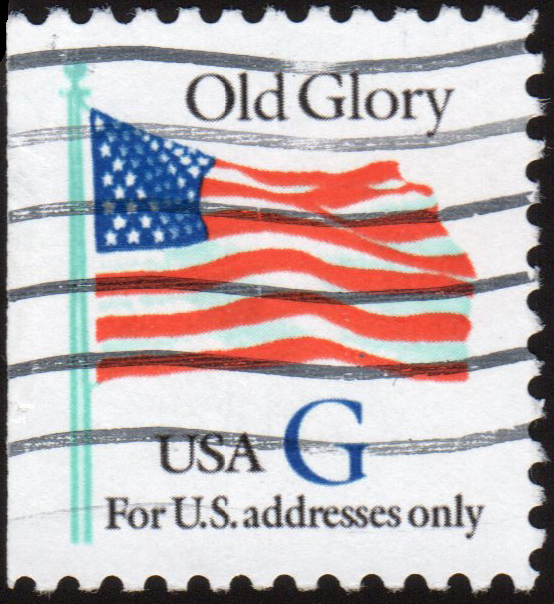
|
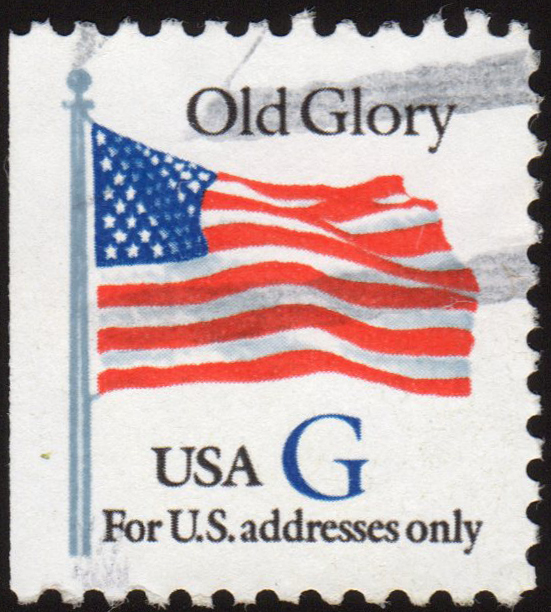
|
|
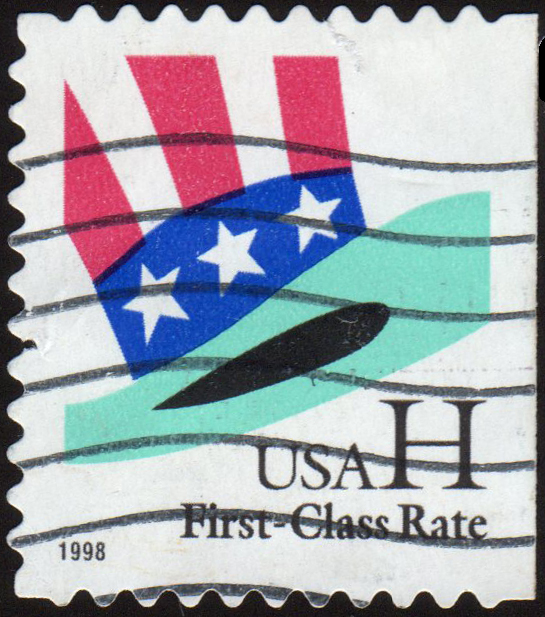
|
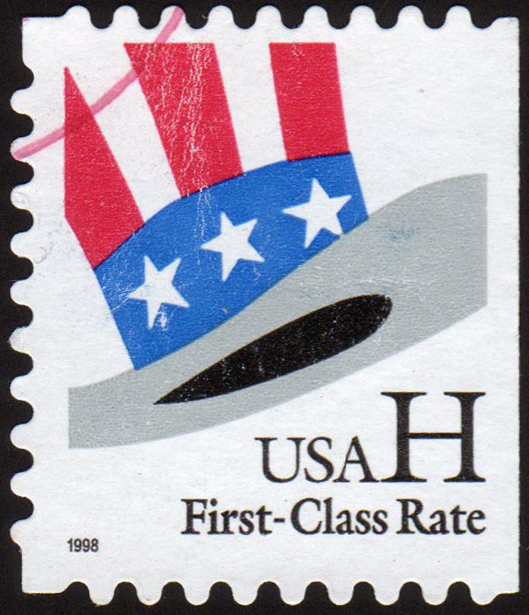
|
|
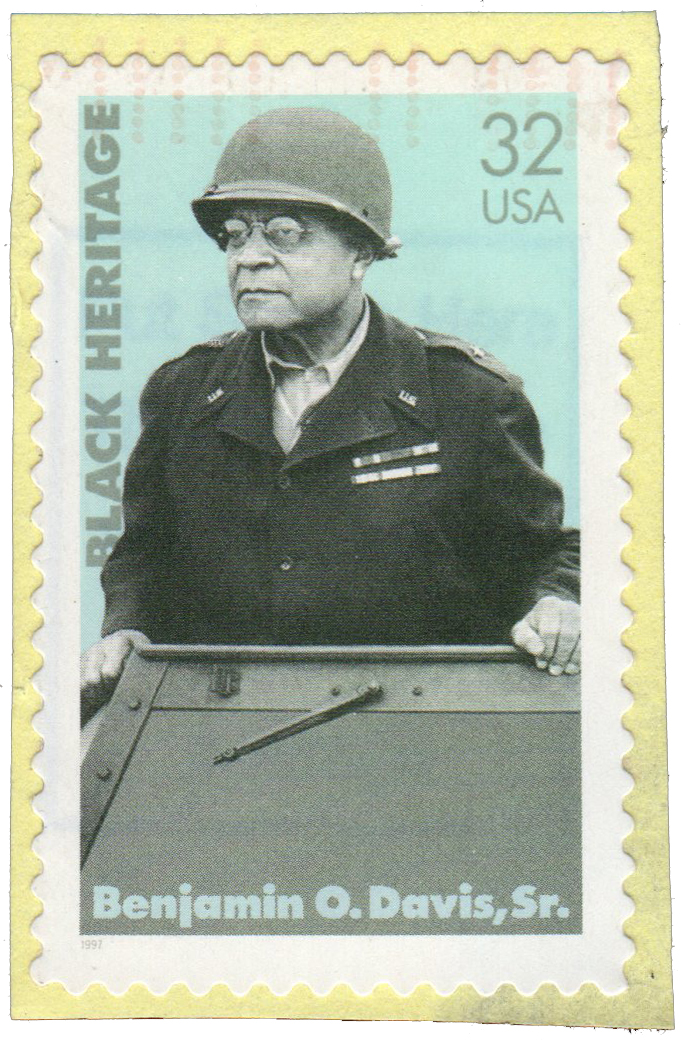
|

|
|
|
Above, we show the "problem" stamps in the left column, and the ones with the correct color in the right column.
|
July 30th, 2018 |
|

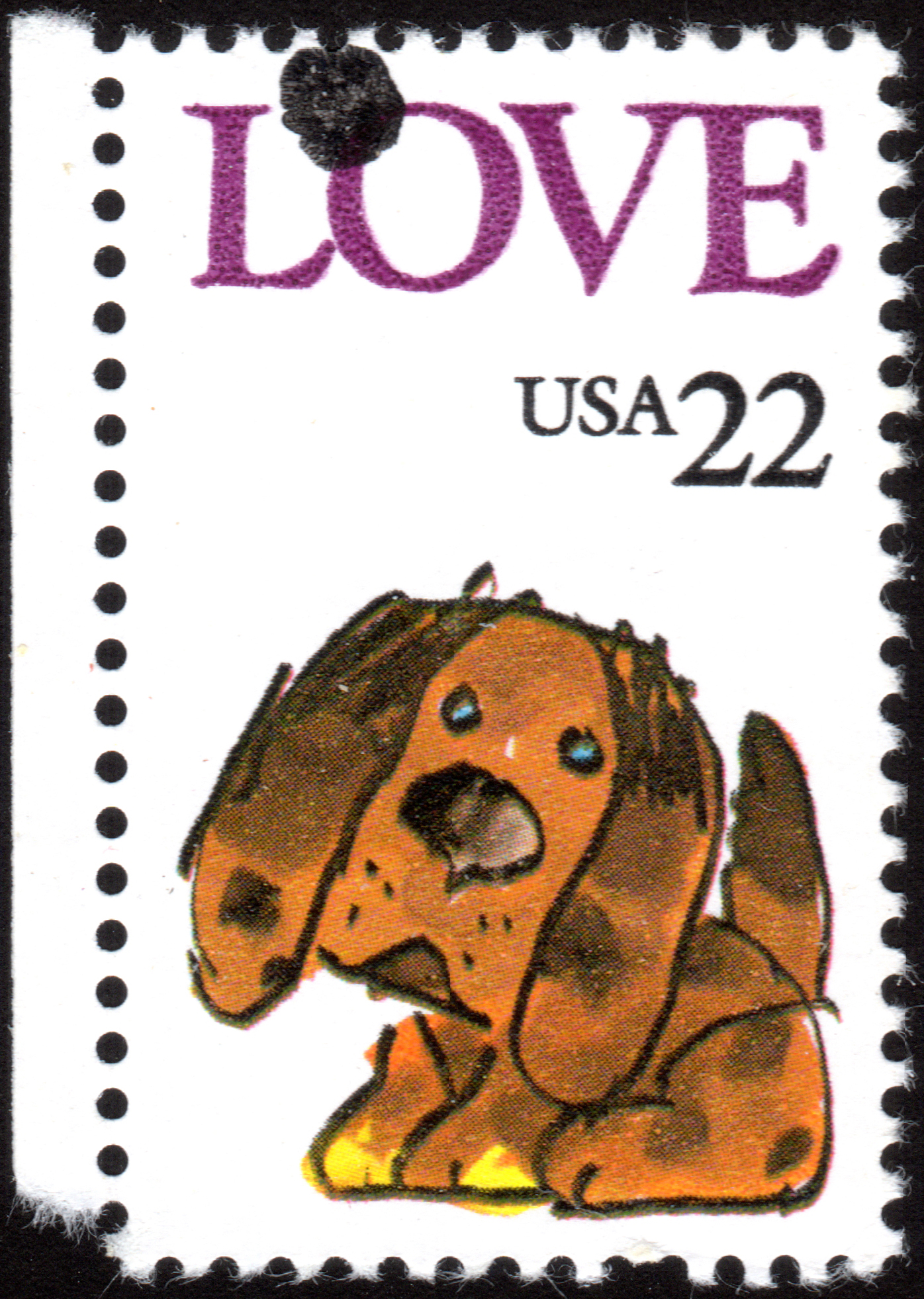
|
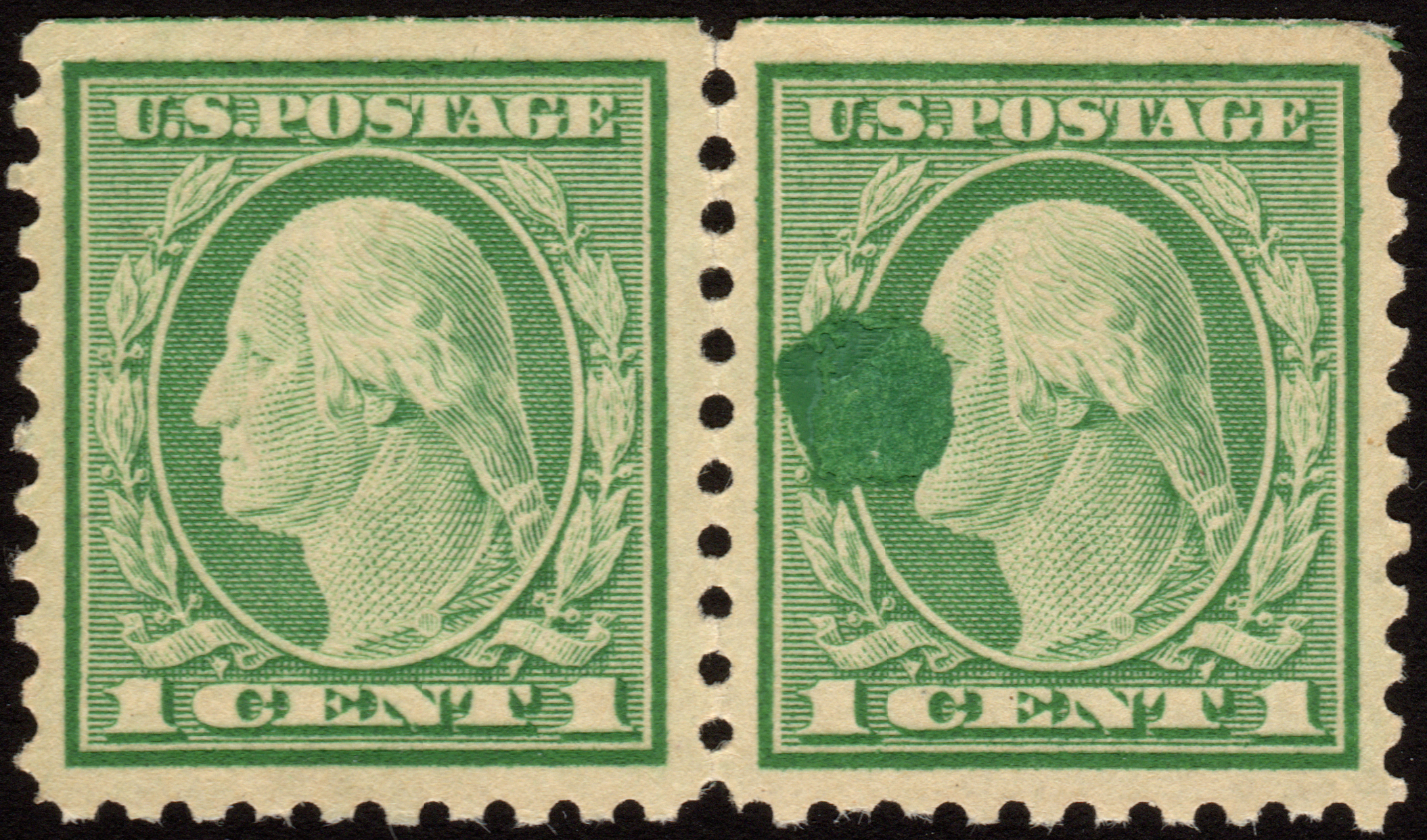
|

|
|
Ink, being liquid, is sometimes hard to control at the 100%
level. So, it will get where it does not belong, and we find it on
both older and more modern stamps randomly. This sort of
material has no major following in the hobby, and the result is
that there are no hordes of people competing for examples. The
law of supply (though this material is unusual) and demand (of
which there is not much) means that prices are minimal. Nevertheless, the hunt for such items is a lot of fun.
|
||
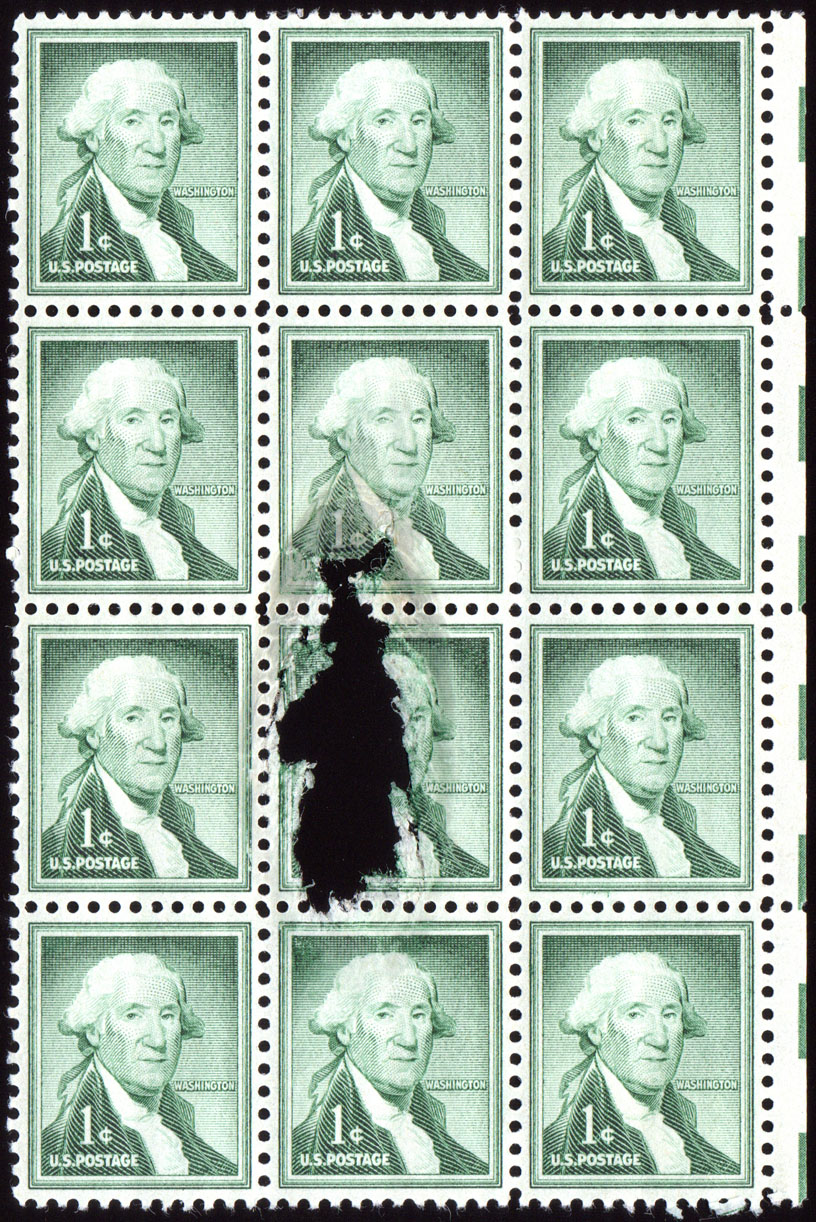
|
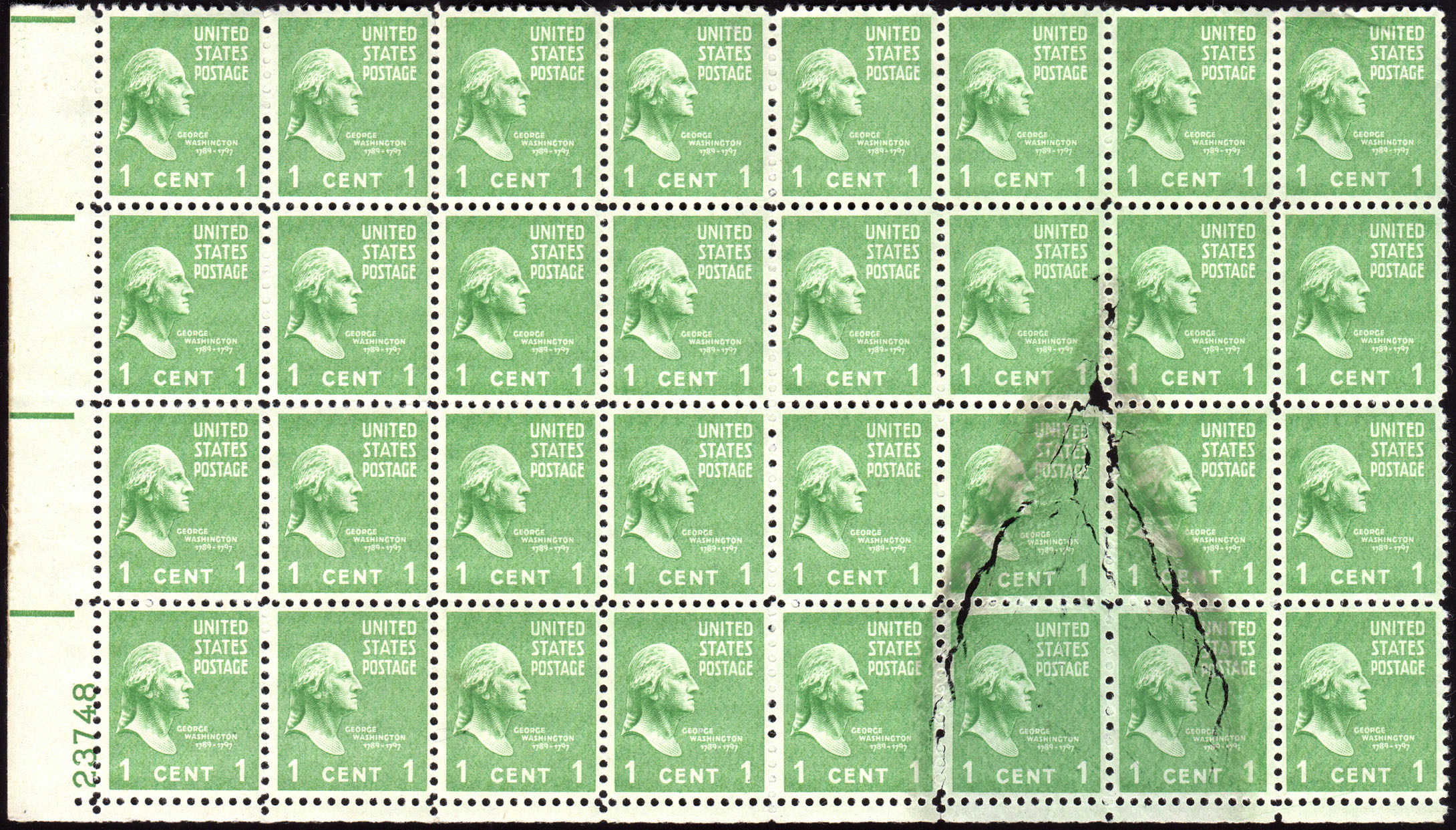
|
|
These items have so-called slime holes or slime spots.
|
|
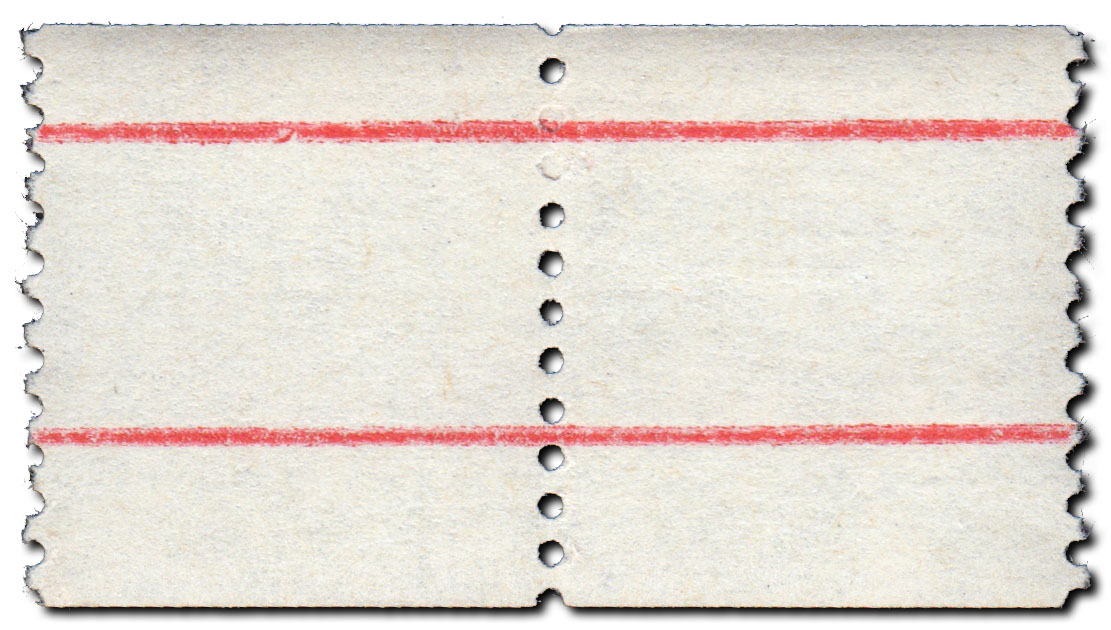
|
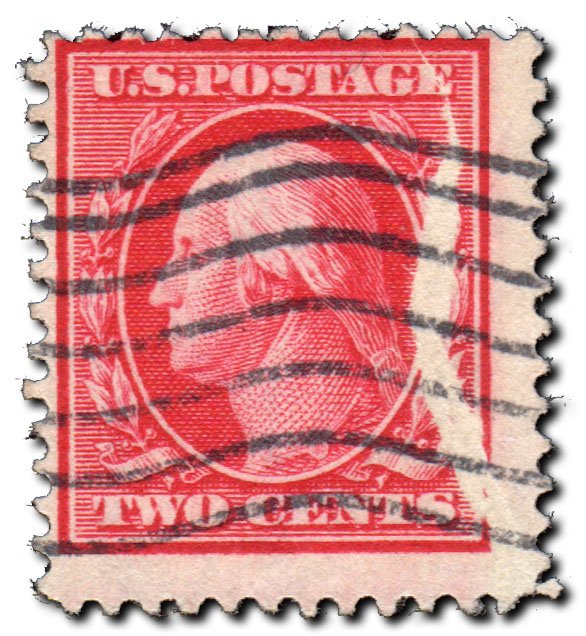
|
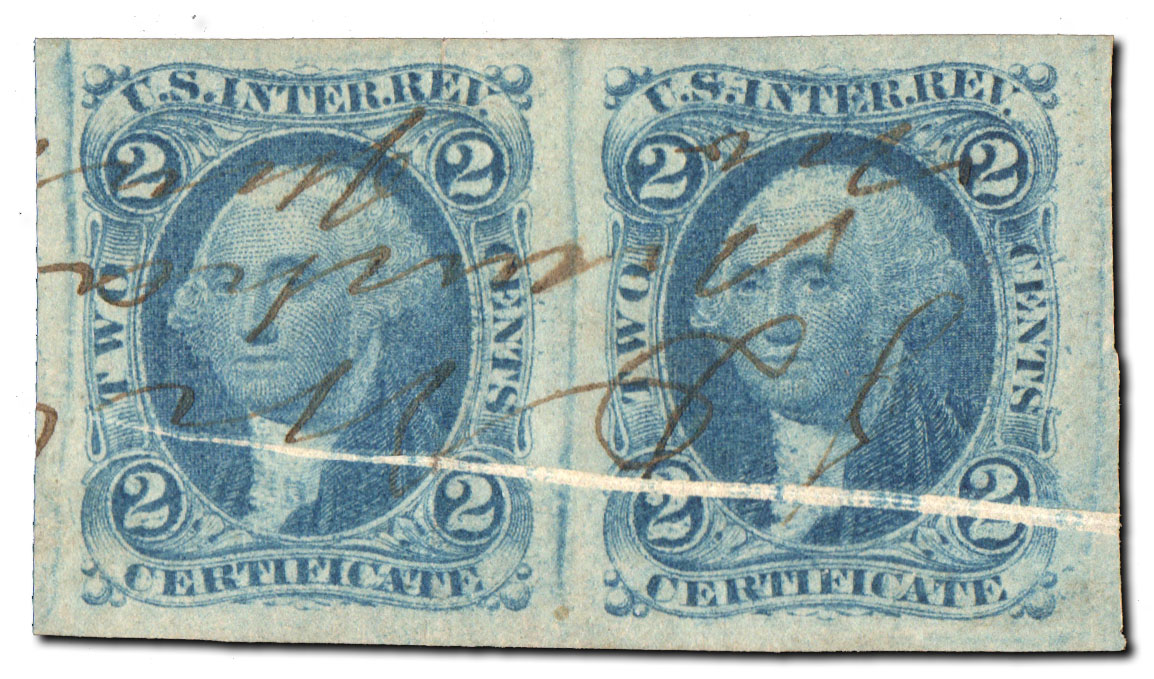
|
|
Test stamp.
|
Printing gap caused by a string, Printers sometime carried bits of string to clean ink off their hands
or from the plates. A piece might easily fall onto the paper during production and then dislodge after printing,
leaving a gap. |
Paper crease. |

Other Years' Issues:
This year's issues
2024 issues
2023 issues
2022 issues
2021 issues
2020 issues
2019 issues

from Linn's